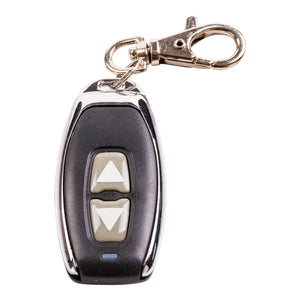
Full Actuator Control options
There are many ways to control an Actuator, Switches are the easiest method by far, but no matter what method you wish to control your Linear Actuators we offer a range of control options. Both wired or remotely controlled, you'll find we have everything you require for your actuator integration. Our wiring generator page has almost every type of wiring diagram you could possibly require
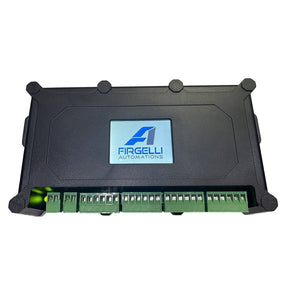
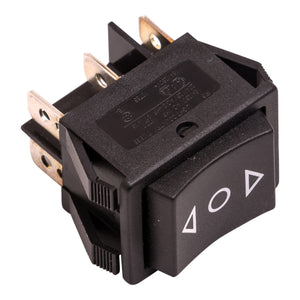
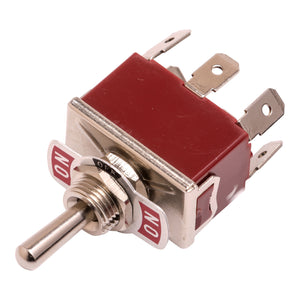

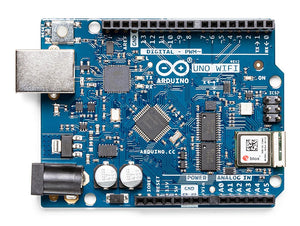
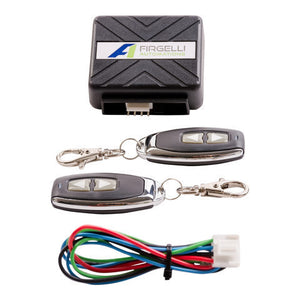
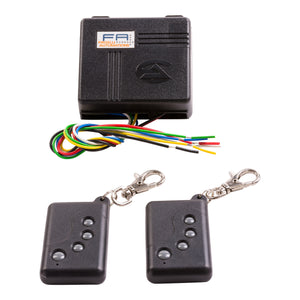
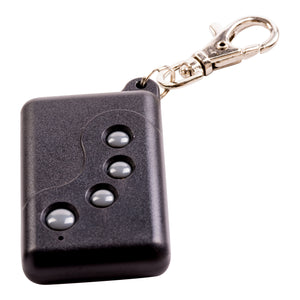
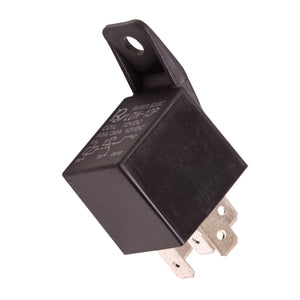
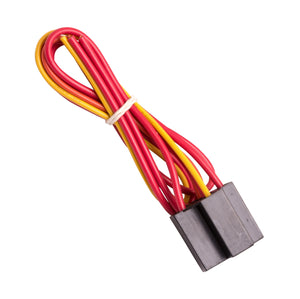
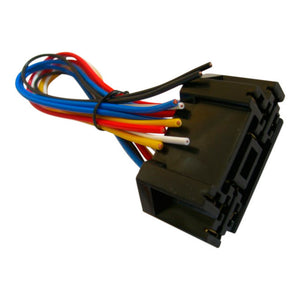
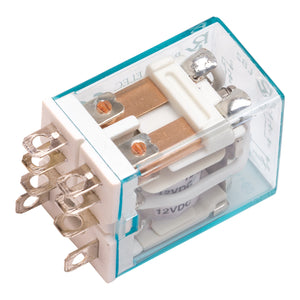
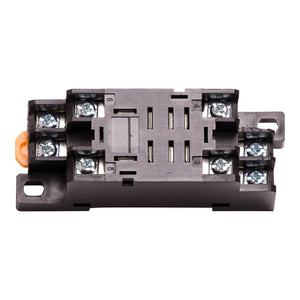
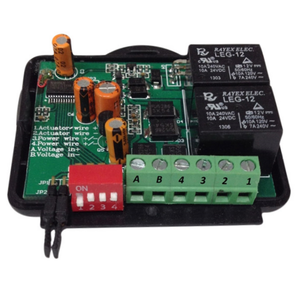
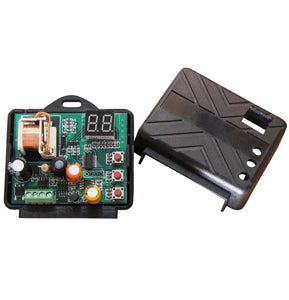
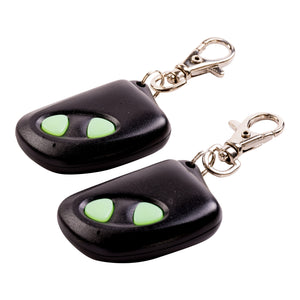
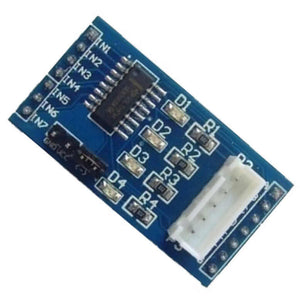
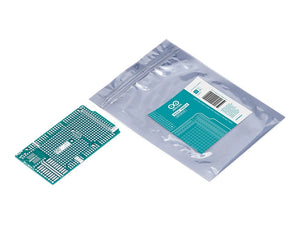
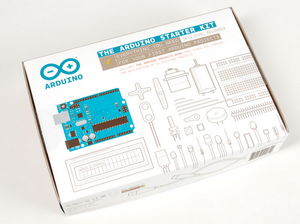
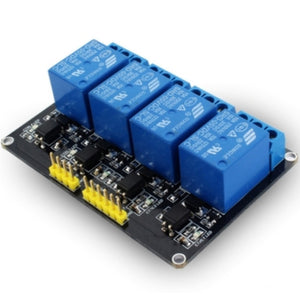
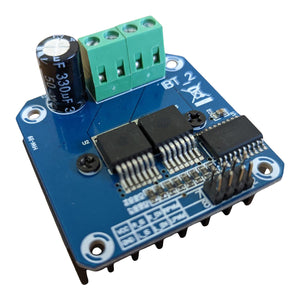
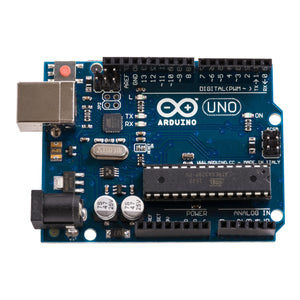
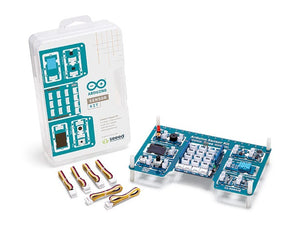
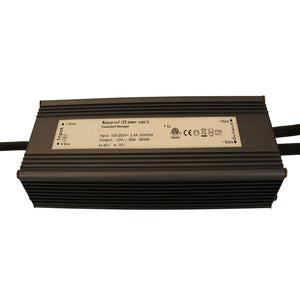
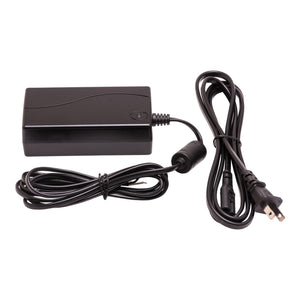
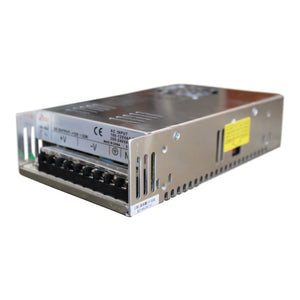
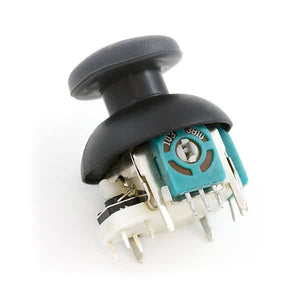

Actuator Switches
Firgelliauto switches are integral components for efficiently controlling your actuators, offering a straightforward method to manage their extension and retraction. With a simple press of the up button, your actuator extends smoothly to the desired position, providing precise movement tailored to your application. Similarly, pressing the down button initiates the retraction process, seamlessly returning the actuator to its original position. The direction of movement can be easily customized based on how you wire up the actuator, allowing for versatile applications across various industries and projects.
At Firgelliauto, we offer a diverse range of switches designed to meet your specific needs. Whether you prefer momentary or sustaining modes, our selection ensures compatibility with your actuator system. Our switches are crafted for user-friendly installation, and we have provided a guide on how to wire your switches with our wiring diagram generator. This tool simplifies the wiring process, enabling quick and hassle-free setup, so you can focus on maximizing the functionality of your actuators without unnecessary complexities.

Actuator Relays
Relays serve as a convenient and straightforward method to control actuators by receiving a pulse signal from another device. Typically, relays operate with a 12V DC signal, which triggers the relay to activate and initiate movement in your motor or actuator. This allows for precise and efficient control over your actuator system.
We offer a diverse selection of relays to suit your specific needs. Our relays come in various configurations, including Double Pole Double Throw (DPDT), Single Pole Single Throw (SPST), and Single Pole Double Throw (SPDT). Each type offers distinct levels of control, allowing you to achieve precise movement tailored to your application requirements. Whether you're aiming for simple on/off functionality or more complex control scenarios, our range of relays ensures compatibility and versatility.
It's important to note that while relays provide seamless control over your actuators, they require a reliable power source to function effectively. Ensuring a stable power supply is required for the optimal performance of your actuator system, preventing potential issues and ensuring smooth operation.
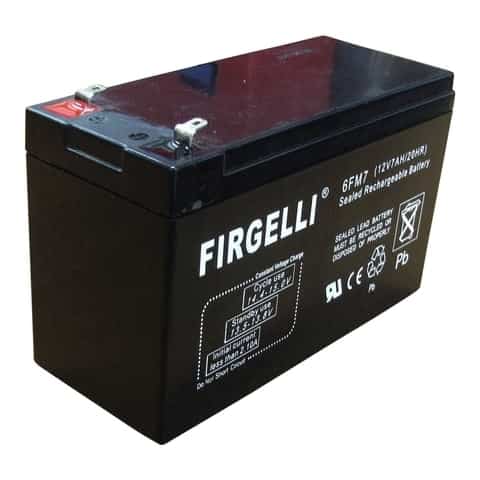
Power Supplies
Efficient control of a Linear Actuator hinges on a reliable power source. We recognize the pivotal role power supplies play in optimizing actuator performance. Our actuators are available in two common voltage options: 12VDC, suitable for most applications, and 24VDC, tailored for industrial settings where robust power delivery is required.
Understanding the correlation between force requirements and current draw is crucial. As force demands increase, so does the current consumption of the actuator. This knowledge highlights the importance of selecting the appropriate power supply with the right current draw (measured in Amps) to meet the specific needs of your application.
For instance, our Heavy Duty Linear Actuator, capable of exerting an impressive 2,200-lbs of force, necessitates a robust 10A power supply to operate at full capacity under such demanding loads. This ensures optimal performance and longevity of the actuator system, providing you with the reliability and precision required for your projects.

Micro-Controllers and Arduino's
For advanced actuator control, microcontrollers are indispensable. We offer plug-and-play solutions like our Synchronized Actuator controller, perfect for coordinating multiple actuators' movements simultaneously. This controller ensures seamless integration and precise synchronization, simplifying complex tasks and enhancing efficiency. Additionally, our speed controller provides precise speed control for single actuators, offering tailored solutions to meet your specific requirements with ease.
Arduino controllers provide even greater flexibility, allowing for the synchronisation of up to 4 linear actuators at once. Ideal for applications with uneven loading or where precise alignment is crucial. Actuator must have feedback for sync capability. Additionally with custom programming, you can dictate your actuator's actions based on time or external signals, opening up endless possibilities for customization. Programming expertise may be necessary to harness the full potential of Arduino controllers.

Timer Relay
The timer relay is a versatile tool designed to automate the operation of actuators based on predefined time intervals. Whether you're managing the opening and closing of a chicken coop door or orchestrating other timed tasks, this compact device offers a convenient solution. By programming specific activation times, you can synchronize the movement of your actuators with your desired schedule. Say goodbye to manual adjustments and hello to streamlined automation with the timer relay, simplifying your tasks and enhancing efficiency.
Frequently Asked Questions
If you need to run 2-4 linear actuators in perfect synchronization, then you will need a control board. For this feature to work you will need to be using linear actuators that have feedback. Apart from the ability to synch linear actuators movement, our control board offers a range of beneficial features for your application, including adjusting actuator speed, customizing start and stop positions, and implementing timer controls for scheduled activation. For further details, explore our synchronous control board.
To control a linear actuator with an Arduino, you'll first need an intermediate component to interface between the actuator and the Arduino. The most commonly used component for this purpose is a relay. Connect the Arduino to two single-pole double-throw relays, which are used to control the polarity of the voltage applied to the linear actuator, enabling its extension and retraction.
In our setup example, we also attach two buttons to the Arduino to facilitate the control of the actuator's movement. You'll need to write code to assign each button press to activate the corresponding relay coil, which, when energized, causes movement in the linear actuator.
For a visual explanation of our setup and more detailed information, watch our video tutorial. Additionally, we have a blog post dedicated to this subject for further reference.

Actuator switches are components designed to facilitate the control of linear actuators. They provide a method to manage the extension and retraction of actuators, offering precise movement.
Typically, actuator switches consist of buttons or switches that, when pressed or toggled, send signals to the actuator's control system. This system then interprets these signals to initiate the desired action, such as extending or retracting the actuator.
For example, pressing the "up" button on an actuator switch signals the actuator's control system to extend the actuator to the desired position. Pressing the "down" button initiates the retraction process, returning the actuator to its original position.
The direction of movement can be easily customized based on how the actuator switch is wired, allowing for versatile applications across various industries and projects.
For a visual explanation of our setup and more detailed information, watch our video tutorial. Additionally, we have a blog post dedicated to this subject for further reference.

Actuator relays are components used to control linear actuators by receiving a signal, typically a pulse signal, from another device. These relays are crucial for precise and efficient control over actuator systems. They operate with a 12V DC signal, which triggers the relay to activate and initiate movement in the actuator.
Relays come in various configurations, including Double Pole Double Throw (DPDT), Single Pole Single Throw (SPST), and Single Pole Double Throw (SPDT). Each type offers different levels of control, allowing users to achieve precise movement tailored to their application requirements.
In operation, when the relay receives a signal, it switches the flow of current, effectively controlling the actuator's extension or retraction. This enables users to exert control over the actuator's movement based on their specific needs.
We go more into detail in our blog post on the subject. Additionally a video on linear actuator relays is below.

Top Blog Posts for Linear Actuator Controls
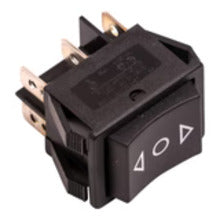
Learn how to set up your switch for your application. We go through the different ways you can wire up your switch which can vary...
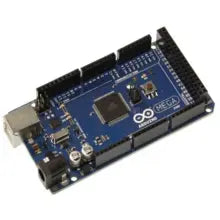
Unfortunatly you cannot just plug in your arduino into your linear actuator and use it, you need a bit of setup beforehand. We go through...
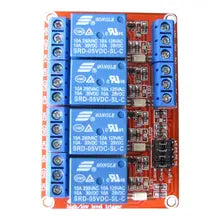
Unleash the full potential of your linear actuators! This article explores the surprising ease of controlling them with relays, readily available components that unlock a...
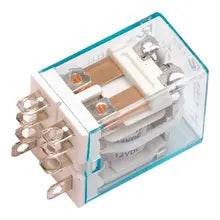
Delve into the fundamentals of reversing polarity and discover how it can impact linear actuators. We'll explore practical applications, including how reversing polarity affects the...
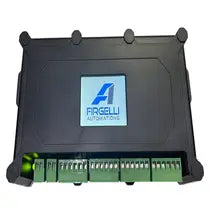
Learn about our FCB-1 actuator control board, what features it has and how to use it. See our step by step guide on setting up...
